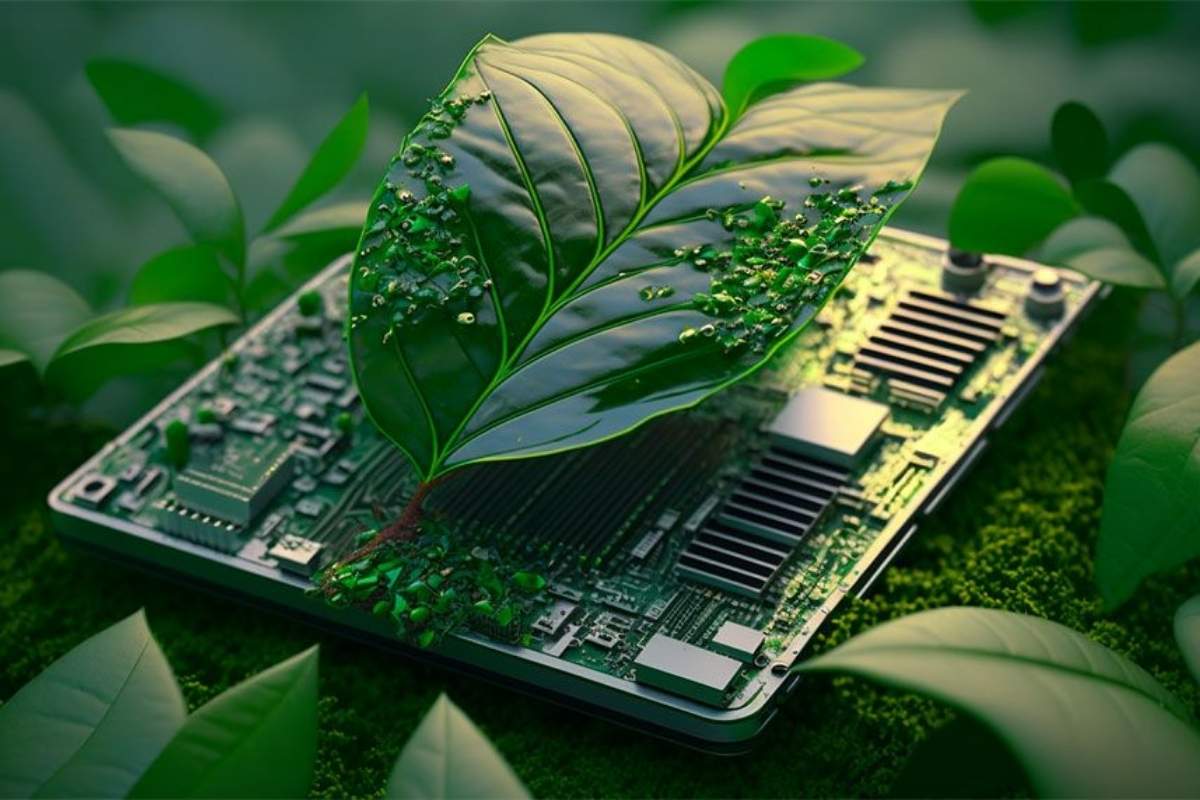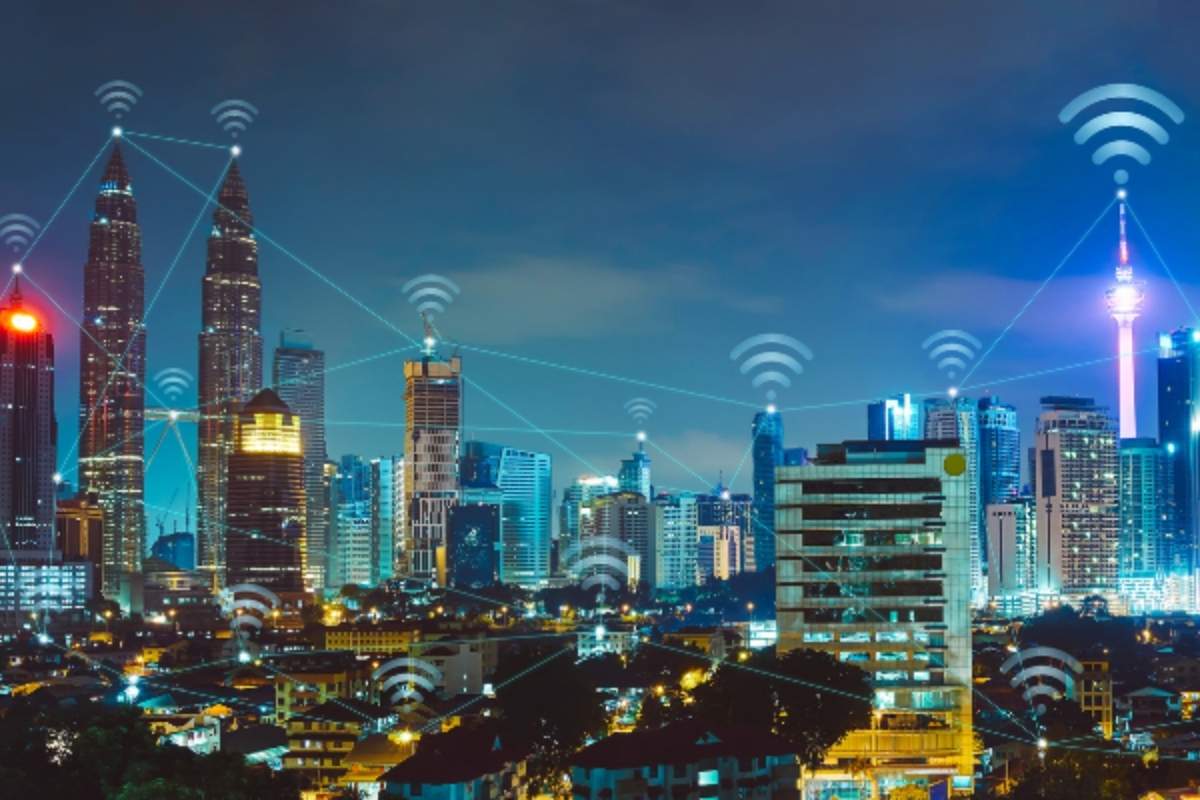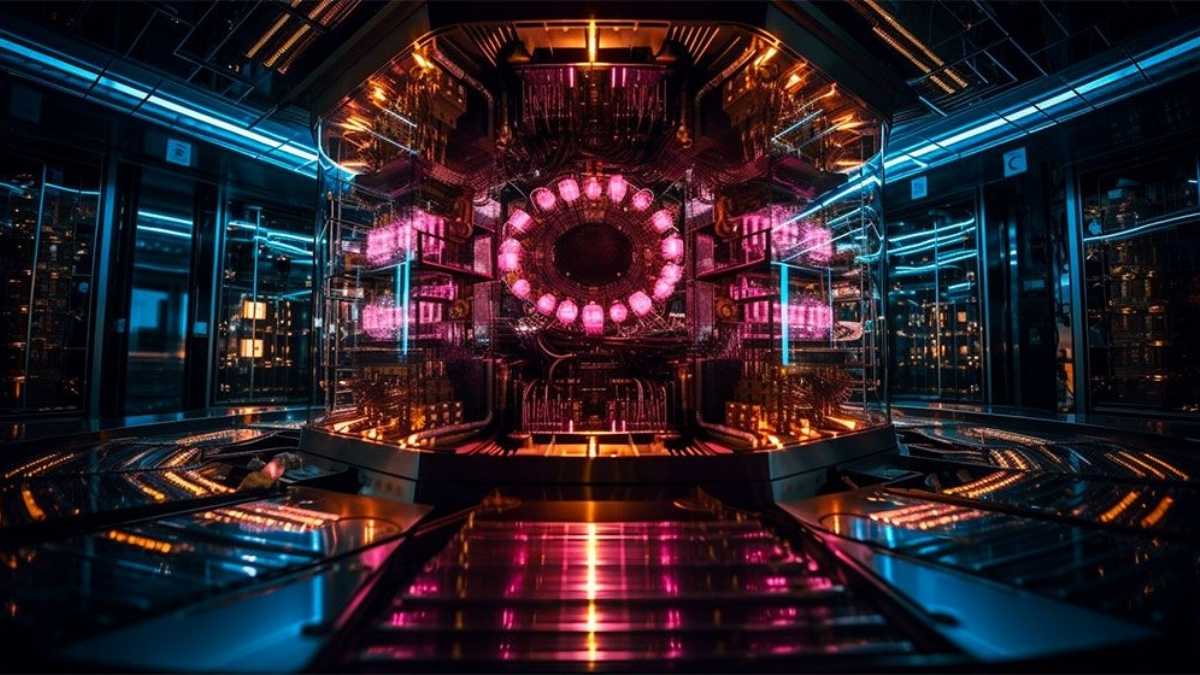In a world increasingly aware of climate change and environmental degradation, sustainable technology, or green tech, has emerged as a crucial factor in shaping a cleaner, more sustainable future. From renewable energy sources to smart grids and eco-friendly manufacturing, green technology is driving significant transformations across industries. In this article, we explore how green technology is paving the way for a more sustainable planet.

What is Green Technology?
Green technology refers to the use of scientific and technological innovations to create environmentally friendly solutions that reduce carbon footprints, minimize waste, and promote sustainability. These innovations aim to balance economic growth with environmental responsibility, ensuring that future generations inherit a healthier planet.
Key Areas of Sustainable Technology
1. Renewable Energy Solutions
One of the most significant advancements in green tech is the development and adoption of renewable energy sources such as solar, wind, and hydropower. These energy solutions reduce reliance on fossil fuels, decrease greenhouse gas emissions, and contribute to a more sustainable energy future.
- Solar Power: Solar panels have become more efficient and affordable, making it easier for households and businesses to harness the sun’s energy.
- Wind Energy: Wind turbines are being used worldwide to generate clean electricity, reducing dependence on traditional power sources.
- Hydropower: Utilizing the power of water to generate electricity, hydropower remains a crucial part of renewable energy infrastructure.
Read more: Cloud Computing vs. Edge Computing: What’s the Difference?
2. Energy-Efficient Buildings and Smart Cities
With urbanization on the rise, smart cities and energy-efficient buildings play a vital role in sustainability. These cities incorporate technology-driven solutions to optimize resource use, reduce waste, and enhance the quality of life.
- Green Architecture: Using energy-efficient designs, sustainable materials, and smart technology to reduce energy consumption in buildings.
- Smart Grids: These optimize electricity distribution, reducing energy waste and making energy use more efficient.
- IoT Integration: Smart lighting, climate control, and water management systems use AI and IoT to enhance sustainability.

3. Sustainable Manufacturing and Eco-Friendly Materials
Industries are shifting toward sustainable manufacturing processes to reduce pollution and waste. Companies are integrating eco-friendly materials into production to lessen their environmental impact.
- Recycled Materials: The use of recycled plastics, metals, and textiles helps cut down waste and lowers resource extraction.
- Biodegradable Products: Products made from natural materials decompose safely, reducing landfill waste and pollution.
- 3D Printing: Reducing material waste by enabling precise manufacturing of products and reducing overproduction.
4. Electric Vehicles (EVs) and Sustainable Transportation
Transportation is a significant contributor to carbon emissions. Green technology is revolutionizing the transportation sector through electric and hybrid vehicles, smart public transit, and alternative fuels.
- Electric Cars: EVs eliminate the need for fossil fuels and help reduce air pollution.
- Hydrogen Fuel Cells: Hydrogen-powered vehicles offer a clean alternative to traditional gasoline engines.
- Public Transport Innovations: Cities are investing in electric buses, bike-sharing programs, and improved rail systems to promote sustainable transportation.

5. Waste Management and Circular Economy
Green tech innovations are transforming how waste is managed and processed. The concept of a circular economy aims to minimize waste by reusing and recycling materials effectively.
- Advanced Recycling Technologies: AI-powered sorting systems improve the efficiency of recycling plants.
- Composting Innovations: New composting methods help turn organic waste into nutrient-rich soil, reducing landfill use.
- Plastic Alternatives: Biodegradable and plant-based plastics are reducing dependency on petroleum-based products.
The Impact of Green Technology on the Future
The implementation of sustainable technology offers numerous benefits, including:
- Reduction in Carbon Footprint: Renewable energy and green manufacturing reduce greenhouse gas emissions.
- Economic Growth and Job Creation: The green sector provides new employment opportunities in emerging sustainable industries.
- Enhanced Quality of Life: Smart cities and sustainable transportation improve urban living conditions.
- Long-Term Cost Savings: Energy-efficient solutions lead to significant savings for businesses and consumers.
Challenges and the Road Ahead
Despite the numerous advantages, sustainable technology faces challenges such as high initial costs, resistance to change, and the need for supportive policies and infrastructure. However, as technology advances and awareness grows, the transition to a greener future becomes more attainable.
Conclusion
Green technology is revolutionizing the way we live, work, and interact with the environment. As sustainable innovations continue to evolve, they will play a crucial role in mitigating climate change and creating a healthier, more sustainable world. Governments, businesses, and individuals all have a part to play in adopting and supporting green technologies for a better future.
The future is green, and it starts with the choices we make today.


